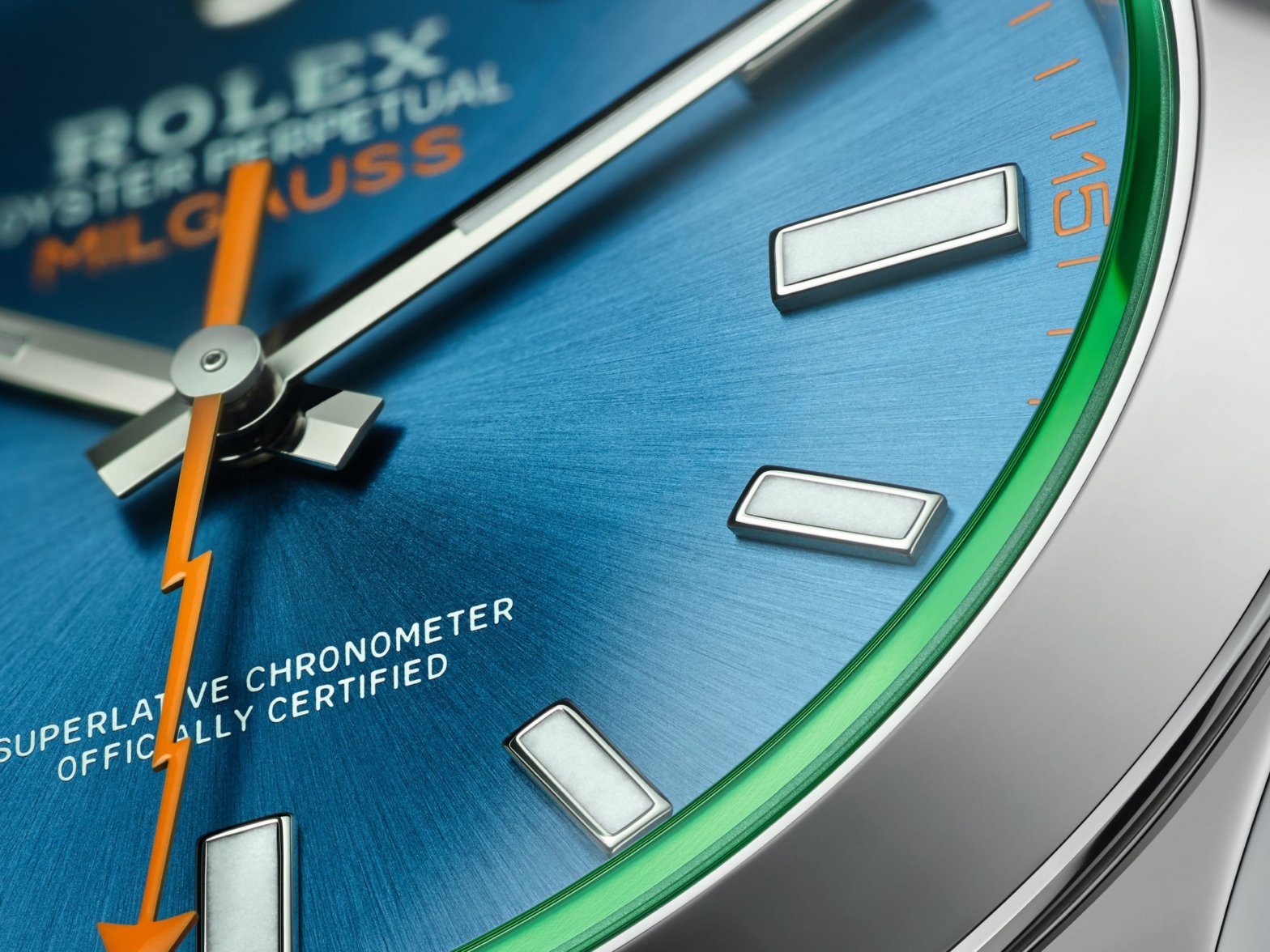The secondary market for luxury watches has sunk to its lowest level in over two years. The WatchCharts market index and has slumped 32% from an all-time high in March last year. Elevated interest rates and heightened economic uncertainties are seen as sapping demand for luxury timepieces. Loading Something is loading.
Thanks for signing up!
Access your favorite topics in a personalized feed while you’re on the go.
Since late 2022, Wall Street has been rife with predictions for the Federal Reserve’s interest-rate increases to wreak havoc in the US economy and stock market.
But while the broader economy has held up surprisingly well, the monetary blitzkrieg has sparked a downturn of a different kind – a rout in the secondary market for luxury watches.
The WatchCharts Overall Market Index – which tracks the prices of 60 timepieces from top brands including Rolex, Patek Philippe and Audemars Piguet – has plunged 32% from a March 2022 peak. A separate index for just Rolex models fell 27% over a similar period.
The US central bank’s aggressive monetary tightening over the past five quarters is seen as a key reason for the slump in watch prices. Higher interest rates have fueled fears of an economic downturn, spurring investors to scale back luxury spending and boost savings. The downturn in the crypto market, also precipitated by rate rises, has also hurt demand for watches.
The costliest timepieces have suffered the worst declines. Those in the $50,001-$100,000 price bracket slumped over 15% in the past 12 months, while the $10,001-$20,000 group fell 10.4%, according to WatchCharts data. The $5,001-$10,000 band saw a 6.8% drop.
Luxury watches have underperformed stocks since March 2022, when the Fed started raising interest rates. The S&P 500 index of US large-cap shares is up by about 8% since then.
Certain chronometer brands have felt the bite more than others. The Rolex Market Index, which tracks the top 30 most valuable models, is down 12.5% from a year ago, while the Patek Philippe index lost 18%. However, Audemars Piguet saw the sharpest losses, down almost 20% year-on-year, WatchCharts data show.
When the ‘everything rally’ was in full swing during the pandemic period, luxury watches were no exception. Surplus cash was piling into all kinds of alternative investments – such as NFTs and meme stocks – opulent timepieces were also swept along with the tide.
Prices of Rolexes, Patek Philippes, and Piguets reached record highs in early 2022. Preowned watch sales reached $22 billion in 2021 – nearly a third of the $75 billion luxury watch market, according to a report from Boston Consulting Group.
Despite the declines over the past year, prices have climbed considerably higher over the longer term, outperforming the stock market. The Rolex index is up by more than 55% from five years ago.
“Luxury watches have performed well, especially over the long term, in comparison with traditional investment categories. From August 2018 to January 2023, average prices in the secondhand market for top models from the three largest luxury brands—Rolex, Patek Philippe, and Audemars Piguet—rose at an annual rate of 20%, despite broader market downturns during the pandemic, compared with an annual rate of 8% for the S&P 500 index,” BCG said in a report published earlier this year.
